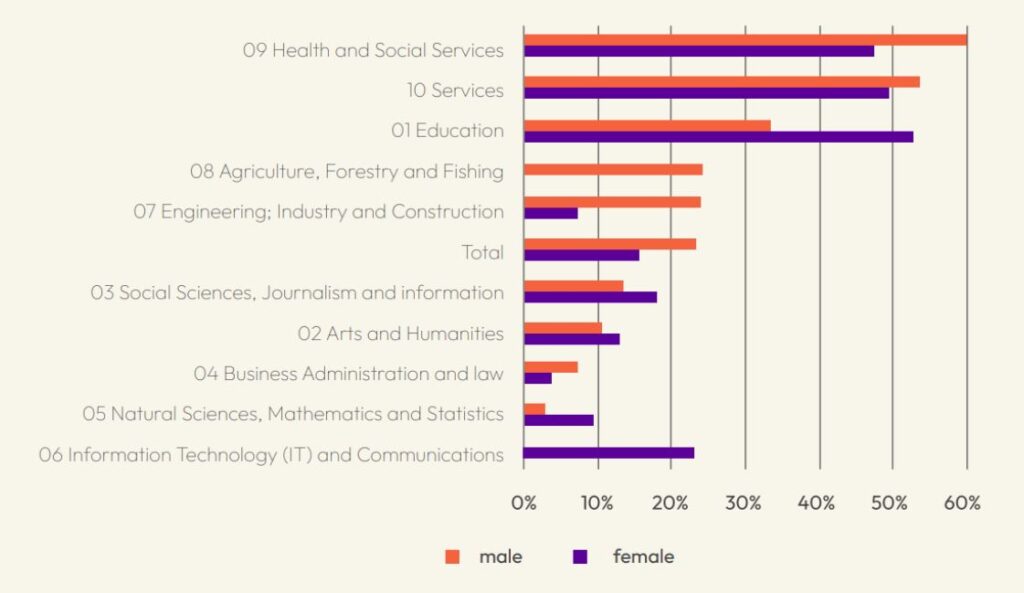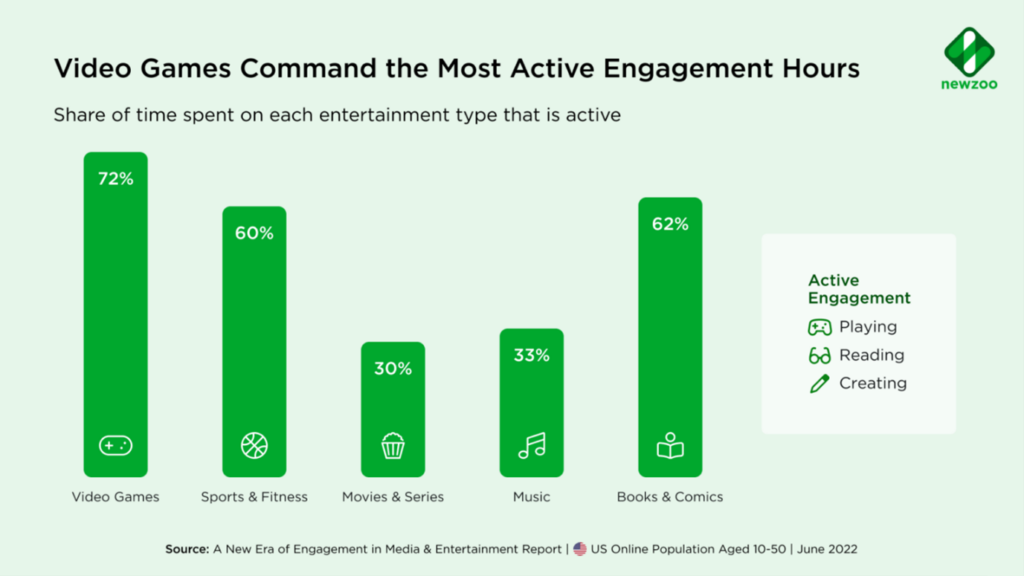Slowly but surely the hiring of women and non-conforming individuals in the video game industry continues to grow across several countries. Below we will explore their role in the localization industry, their importance, and how we can continue advancing inclusion.
Localization’s Leading Role
It’s well known that a video game’s success doesn’t just depend on who develops it but also on all the other people who form part of the production process: localizers, scriptwriters, designers, sound technicians, etc.

Some of today’s well-known women in the gaming industry include Amy Henning, the flamboyant scriptwriter of the Uncharted saga, and Celia Hodent, UX director for Epic and Fortnite, among others. However, the area made up of the most women and non-conforming individuals is localization. Terra Localizations, for example, is managed by women and boasts a workforce comprised of 70% of women and non-binary individuals.
It is from that same localization sector where great movements towards equality have occurred; in 2021 #ChooseToChallenge proposed the creation of inclusive spaces, as it was noted that there was a prevailing number of men leaders in an area dominated by females.
As Erica Haims proclaims in Women in Localization:
“Diversity and Inclusion aren’t just buzzwords, they are necessary and well deserved. In order to achieve this, we need everyone to set an example, support, mentor, and grow our wonderful community. Within WL, you have the ability to volunteer on a global or chapter level, mentor a fellow member, and even encourage your company to sponsor WL or become a strategic partner.”
Alexandra Proca has also written about the advantages of having helped grow the number of women in localization; according to Alexandra, they are helping women achieve equality, learn new skills, advance their careers, and create new workspaces. Offering to volunteer is part of the start of the process, including belonging to other industry areas. Diverse viewpoints are necessary and contribute to open-mindedness in various ways.
Beyond Equality
According to the Chicas en Tecnología 2022 study, women make up the majority of the university population and their share continues to grow larger. It’s even more encouraging to see the noticeable increase in women’s interest in enrolling in IT careers, which includes video games. According to the below graph, between 2011 and 2019 enrollment in this area increased by 22%.

These numbers were also backed by other research, such as the State of the Game Industry 2022 study published by GDC. According to the report, there was 20% female participation and a 4% increase in non-binary individual participation.
The same report recently published for 2023 showed that the female population rose 3% and the non-binary population 1%. Again, males remain the majority, but at least we can note some slight growth.
What Does This Mean?
Firstly, the interest in video games from women and non-conforming individuals is real, tangible, and measurable. Secondly, many of this group of people would (logically) like to be involved in and actively work in this area. This implies that we should be generating greater equality of opportunities.
Some studios already have multidisciplinary teams that are gender equal. In Spain, Deconstructeam (The Red Strings Club, Essays on Empathy) is an indie development team comprised of men, women, and trans people. In Argentina, Estudio Mauve is a team that is fully managed by women (Talara).
There are also other international examples of teams that have achieved great success, the most well-known being Extremely Ok Games (Celeste) directed by Maddy Thorson; Thatgamecompany (Flower, Sky, Journey) with Kellee Santiago as co-founder and designer; 343 Studios (Halo) directed by Bonnie Ross, and so on and so forth.
How to Contribute to Inclusivity

Simple strategies can function as the first steps on the road to inclusivity. Riteba McCallum proposes 6 ways you can foster gender equality in the industry.
- Create equity and diversity committees to form teams with representatives from all sectors.
- Understand unconscious bias and offer tools to help detect it.
- Implement blind CVs so that details such as the applicant’s age or gender are unknown.
- Create a pay structure where salaries and raises are equal and fair.
- Review performance objectively through performance reviews and categorizing successes and errors.
- Using gender inclusive language has a real effect on prejudices and behavior.
Everyone deserves to be treated equally, work should continue to generate equal opportunities through specific actions, and the above points are a good foundation to build on.
Why Is It Important?
Beyond equality, which should be a priority when it comes to generating fair opportunities for all, the inclusion of women in video game development is positive proof of how to generate more inclusive results. How video games represent gender roles today and the way this area continues to advance is only possible thanks to diverse teams. It also impacts the diversity of addressed themes or who gets to create a game.
Video games currently generate the most significant amount of engagement hours for people between 10 and 50 years of age in the United States, according to a 2022 Newzoo report. Therefore it’s practically a requirement to foster inclusion and diversity in the area most seen by its consumers.

Ultimately, it’s not just about seeing representation or having more significant professional opportunities: we’re creating a narrative and paving the way so that future generations can experience a non-threatening environment and dare to show off their creativity in the industry. It’s another way for them to improve and grow.
